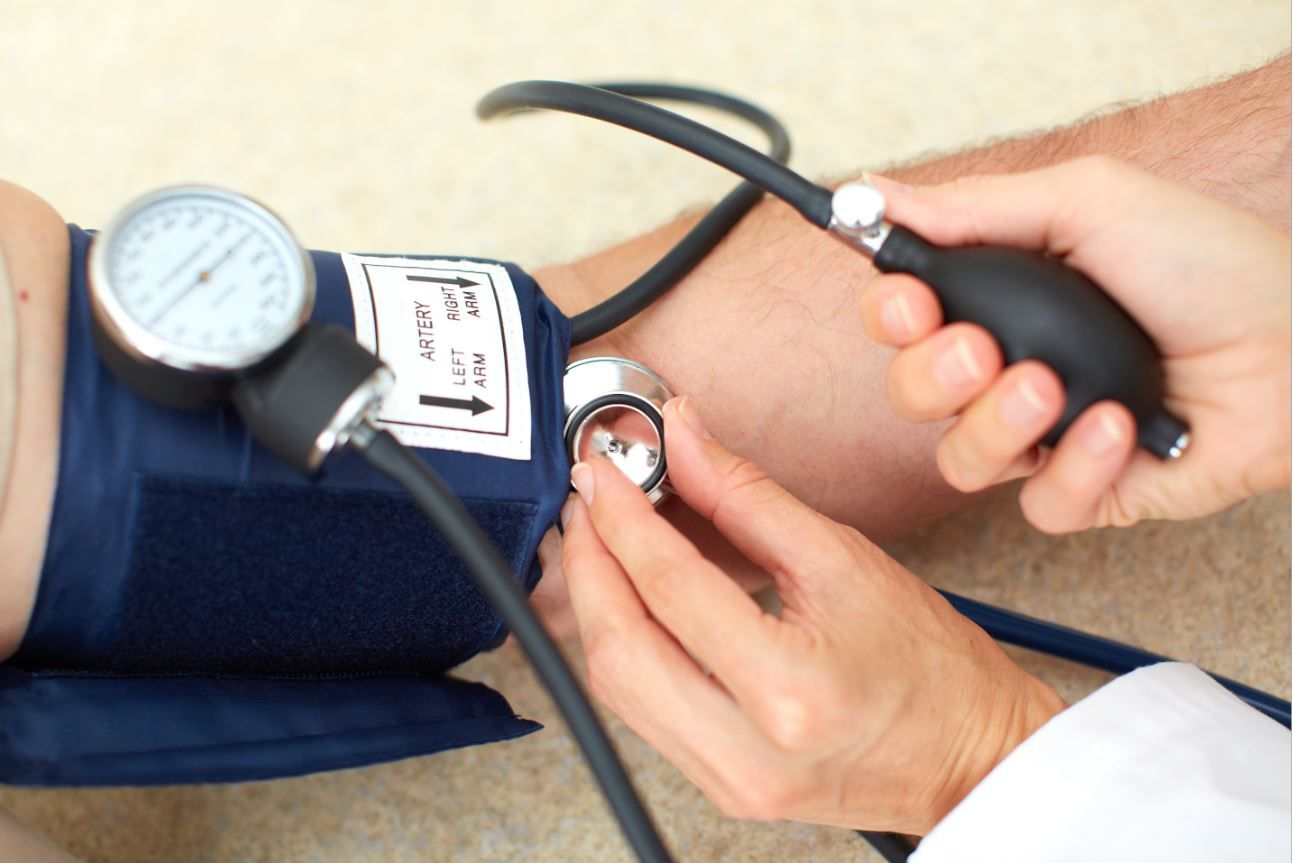- Clinical Technology
- Adult Immunization
- Hepatology
- Pediatric Immunization
- Screening
- Psychiatry
- Allergy
- Women's Health
- Cardiology
- Pediatrics
- Dermatology
- Endocrinology
- Pain Management
- Gastroenterology
- Infectious Disease
- Obesity Medicine
- Rheumatology
- Nephrology
- Neurology
- Pulmonology
Migraine & Hypertension: What is the Connection?
Which antihypertensive therapy options are most and least effective for patients with migraine? Get details, here.

Migraine increases the risk of developing hypertension (HTN), however, HTN does not predict migraine, according to a published review looking into this issue.1 The review authors’ conclusion was that further studies are needed to clarify the association between blood pressure and migraine.
If a person with HTN begins to develop migraine an individualized approach should be taken; in some cases, the agent on board can be increased or a 2nd agent added or a switch made to a medication like a beta blocker which has better efficacy in preventing migraine. In most cases the patient already has migraine and then develops or has HTN, so it makes sense to consider the antihypertensives with the greatest evidence in migraine prevention.
The American Academy of Neurology (AAN) considers the following to have established evidence of efficacy in the prevention of migraine in adults:
- Candesartan
- Metoprolol
- Propranolol
- Timolol
Significantly, the US Food and Drug Administration has approved both propranolol and timolol for the prevention of episodic migraine in US adults. It is advisable to start with low doses for these antihypertensives and increase gradually while monitoring both blood pressure and migraine efficacy. Candesartan is an angiotensin II receptor blocker (ARB) and can be very useful when beta blockers are poorly tolerated, contraindicated, or ineffective. Dosage for candesartan typically ranges from 4-32 mg once daily. When using propranolol, the long-acting dose range of 60-160 mg once daily is preferable to the shorter-acting twice daily dosing.
The AAN considers the following antihypertensives to be “probably effective” in the prevention of migraine in adults:
- Atenolol
- Lisinopril
- Nadolol
Missing in the AAN recommendations are the calcium channel blockers. They do not have established efficacy in the prevention of migraine and are often associated with edema, constipation, dizziness, nausea, and fatigue.
An advantage of using one of the above listed antihypertensives is to potentially have one medication effectively treating both HTN and migraine. Additionally, all are generic and should not require a prior authorization. Even without insurance, most will have a low cash price.
What if the antihypertensive controls a patient’s blood pressure but they still experience break-through migraine attacks? Can one of the newer calcitonin gene-related peptides (CGRPs)—such as erenumab, eptinezumab, fremanezumab, or galcanezumab—be added? The answer is “yes” for all except erenumab. It is the only one of the 4 to have the precaution in its label to monitor for new-onset HTN or worsening of preexisting HTN.2 It is not known if this precaution is related to its mechanism of action (MOA) blocking CGRP at the receptor site. For the other 3, the MOA is blocking the CGRP ligand before it gets to the receptor site.
Can triptans, such as sumatriptan and rizatriptan, be used in patients with migraine with HTN? The answer is “yes” if the HTN is well-controlled. The answer is “no” if the HTN is not under control because there is transient vasoconstriction that occurs after taking a triptan. Gepants, such as ubrogepant and rimegepant, do not cause vasoconstriction and could be acute treatment options for migraine in the setting of uncontrolled HTN.
In summary, migraine increases the risk of developing HTN so it is advisable to monitor the blood pressure of our patients with migraine. If HTN develops, there are antihypertensives including several beta blockers and one ARB (candesartan) that may be able to treat both conditions.
References:
1. Wang YF, Wang SJ. Hypertension and migraine: Time to revisit the evidence. Curr Pain Headache Rep. 2021;25:58.
2. Erenumab. Package insert. Amgen Inc; 2022. Accessed November 30, 2023. https://www.accessdata.fda.gov/drugsatfda_docs/label/2022/761077Orig1s017Correctedlbl.pdf
Obesity Linked to Faster Alzheimer Disease Progression in Longitudinal Blood Biomarker Analysis
December 2nd 2025Biomarker trajectories over 5 years in study participants with AD show steeper rises in pTau217, NfL, and amyloid burden among those with obesity, highlighting risk factor relevance.
